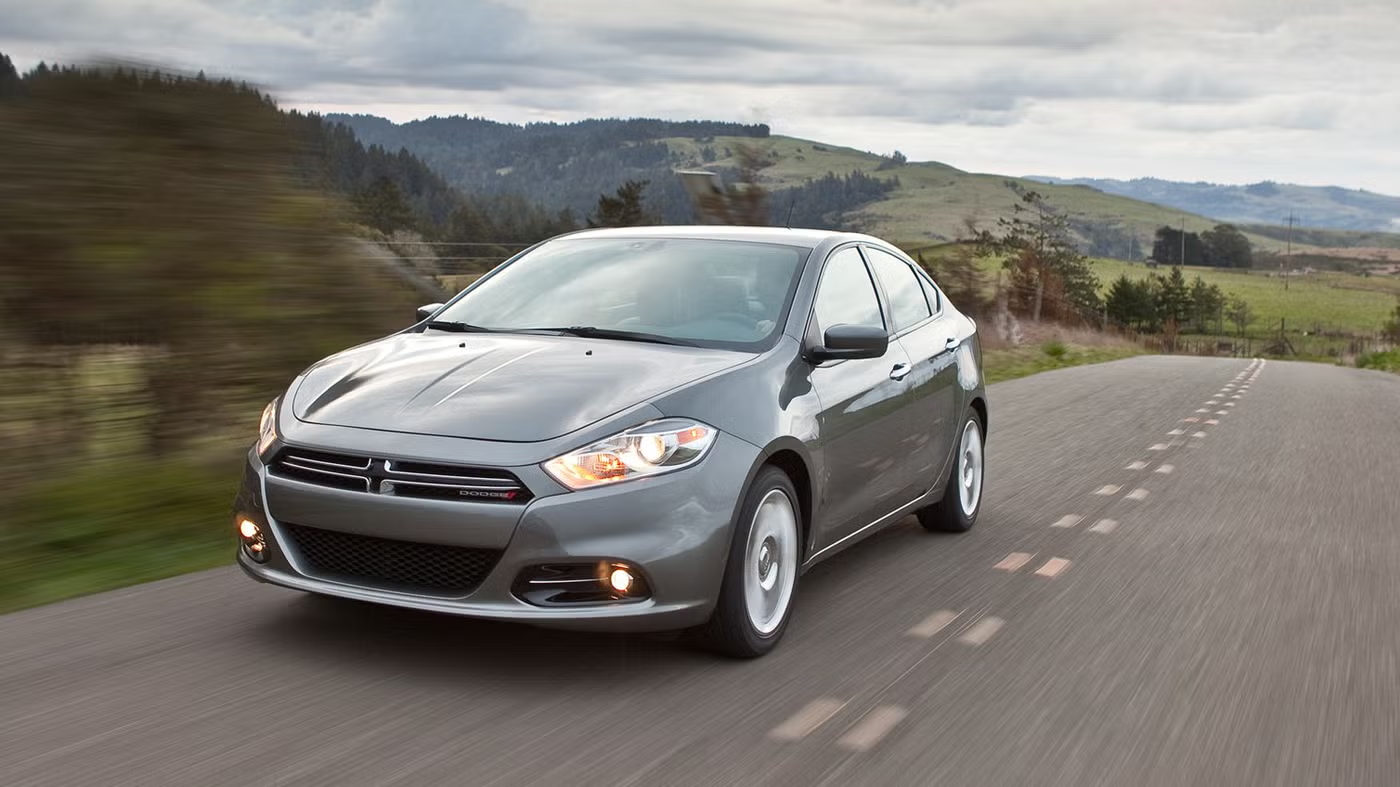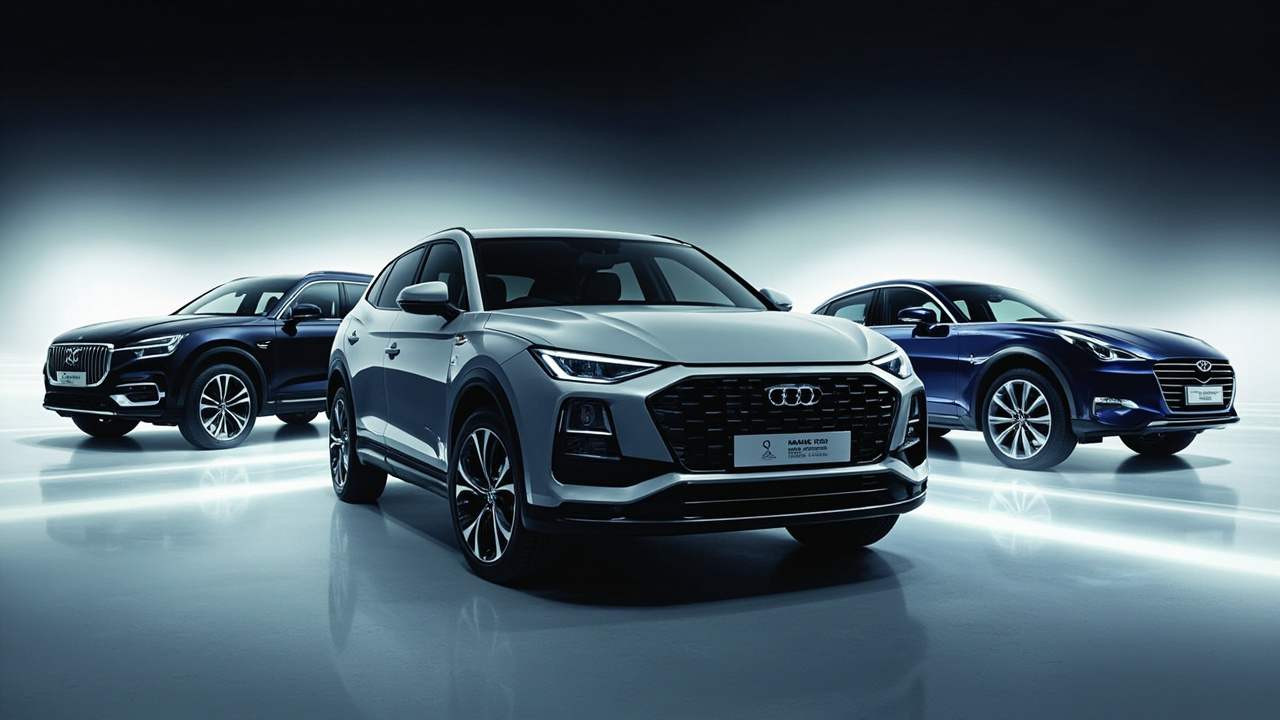Xiaomi Fatal Crash Sparks Debate: Huawei Details Multi-layer Car Safety Measures
Safety editor tracking recalls, crash tests and regulations. Drives a Volvo V90; keeps a few child seats for testing.
A recent fatal accident involving a Xiaomi SU7 Ultra has reignited concerns about the safety features of modern electric vehicles. In response, Huawei's CEO Yu Chengdong has emphasized the importance of advanced safety measures in their HarmonyOS-equipped vehicles, detailing the company's multi-layered approach to occupant protection.
The tragic incident occurred on October 13, 2025, when a Xiaomi SU7 Ultra was involved in a collision on Tianfu Avenue in Chengdu, resulting in one fatality. According to local authorities, the accident was caused by a driver under the influence of alcohol, which led to a significant public discourse on the effectiveness of emergency access systems in electric vehicles. In the aftermath, Huawei's Yu Chengdong took to social media to highlight the advanced safety features inherent in their vehicles, specifically focusing on the multi-layer door lock systems and battery safety innovations.
Yu Chengdong's message underscores a core philosophy at Huawei: 'Safety is the greatest luxury.' He elaborated on how their vehicles, equipped with HarmonyOS, are designed to maintain functionality even in severe collisions. A notable feature is the Collision Unlock Redundancy Module (CPM), which ensures that critical systems like the collision signal receiver and power supply maintain operation. This is complemented by a four-layer door lock system, providing multiple lines of defense to ensure emergency responders can access the vehicle quickly.
Video footage from the Xiaomi crash scene revealed a harrowing struggle by bystanders to rescue the trapped driver, who was later confirmed to have died from the injuries sustained in the accident. The footage showed attempts to break the car's windows and the use of fire extinguishers to suppress the flames before the arrival of emergency services. This incident brings to light the critical need for robust safety mechanisms that can operate under extreme conditions.
Huawei's safety enhancements are not limited to their door locking mechanisms. Yu also detailed the structural protections around their vehicles' battery packs, emphasizing the high safety standards achieved by the Whale battery platform. These measures aim to prevent battery fires, a common concern in electric vehicle accidents. The comprehensive approach Huawei employs integrates redundant systems to enhance not only the safety of passengers but also the ability to manage potential hazards post-collision.
This focus on vehicle safety by Huawei highlights an important trend in the automotive industry: the increasing emphasis on technological solutions to enhance safety and reliability. With electric vehicles at the forefront of this movement, achieving and maintaining high safety standards is crucial. As automakers continue to innovate, the lessons learned from incidents like the Xiaomi crash will play a significant role in shaping future designs and regulatory standards.
About Nina Alvarez
Safety editor tracking recalls, crash tests and regulations. Drives a Volvo V90; keeps a few child seats for testing.



